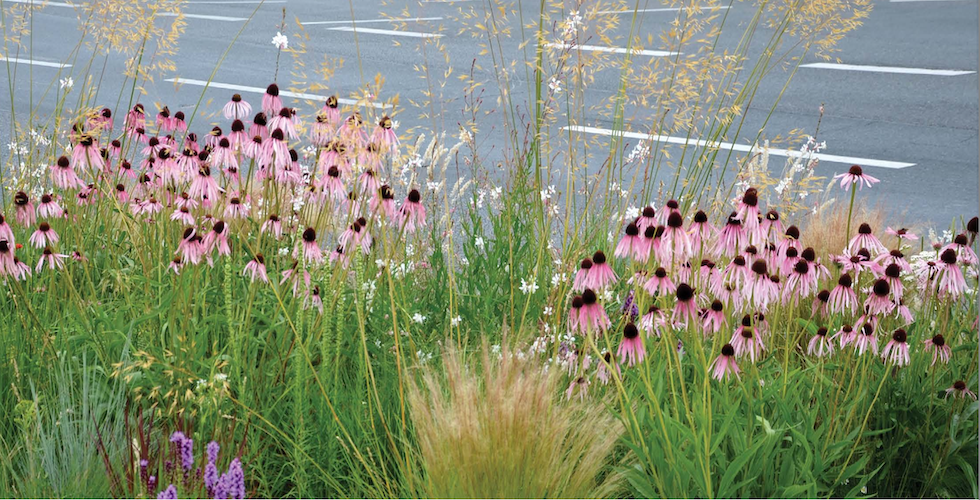
Landscaping with Native Plants Offers Numerous Benefits
The presence of birds, bees, and butterflies suggests a healthy, Earth-friendly place. These most-welcome guests also bring joy to those who appreciate watching them. Now, you can turn your yard into a perfect habitat that attracts them and, more importantly, helps them thrive with Native Plant Gardening for Bees & Butterflies: Lower Midwest.
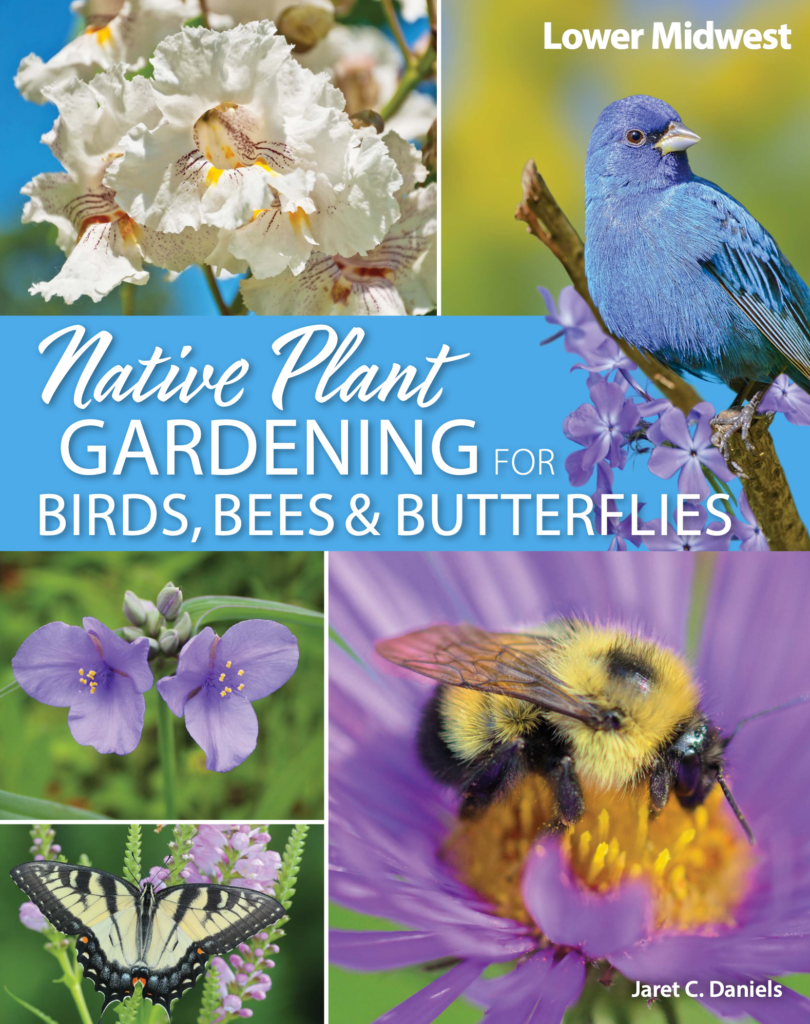
Acclaimed author and expert entomologist Jaret C. Daniels provides the information you need in this must-have guide for Kansas, Kentucky, Missouri, Nebraska, Ohio, southern Illinois, and southern Indiana.
The book begins with an in-depth introduction to native pollinators and birds. It’s followed by a “field guide” section to more than 100 native plants that are widely available to utilize; are easy to care for; and provide great benefit to birds, bees, and butterflies.
Each species includes full-color photographs and information about hardiness zones, what they are most likely to attract, soil requirements, light levels, and Jaret’s notes. As a bonus, readers will make use of blooming charts, tips on attracting specific species, and more!
Landscaping with native plants offers numerous benefits. First and foremost, it helps increase habitat and provides critical resources for wildlife. Studies have shown that including native plants helps support a greater abundance and diversity of wildlife.
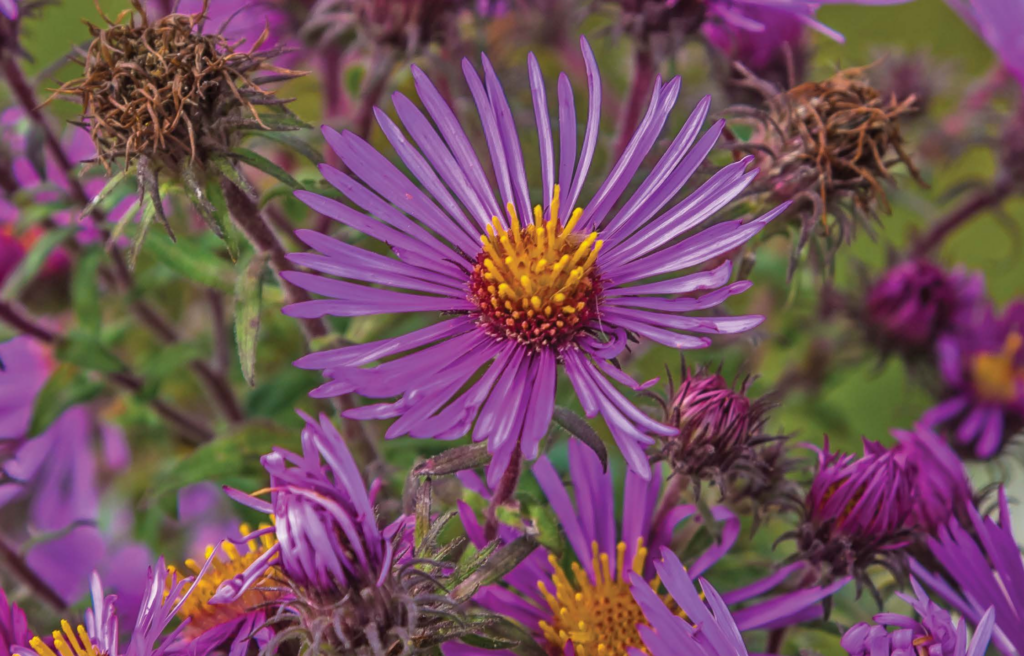
Natives are adapted to the growing conditions, such as soil and climate, of the locations where they naturally occur. As a result, they tend to perform better than nonnative species; have fewer pest or disease problems; and require less water, fertilizer, and general maintenance. Lastly, they provide opportunities for people to connect—or reconnect—with nature.
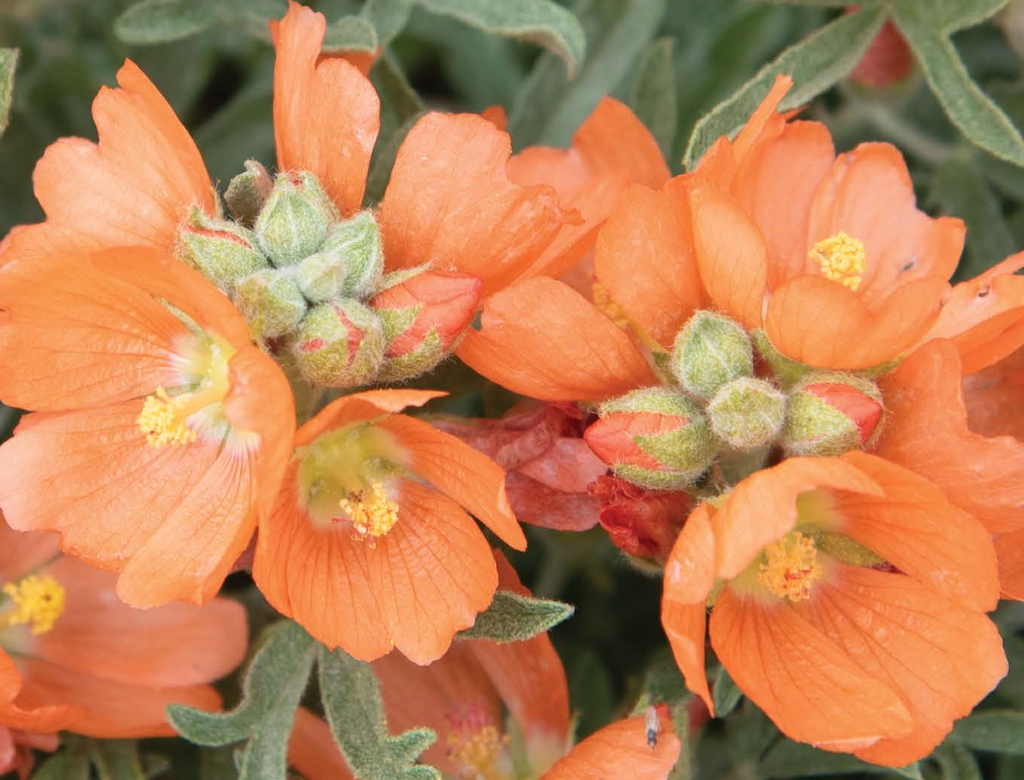
Before putting plants in the ground, make a basic plan or design sketch of your landscape. Review each plant’s requirements and key features, such as light, moisture, and soil preferences; mature size and spread; bloom time; flower color; leaf color; and fall color. Such information will help guide plant placement and your overall landscape. Group plants with similar requirements together: place the tallest plants in the back of the bed and shorter plants in the foreground, but keep light levels and sun direction in mind.
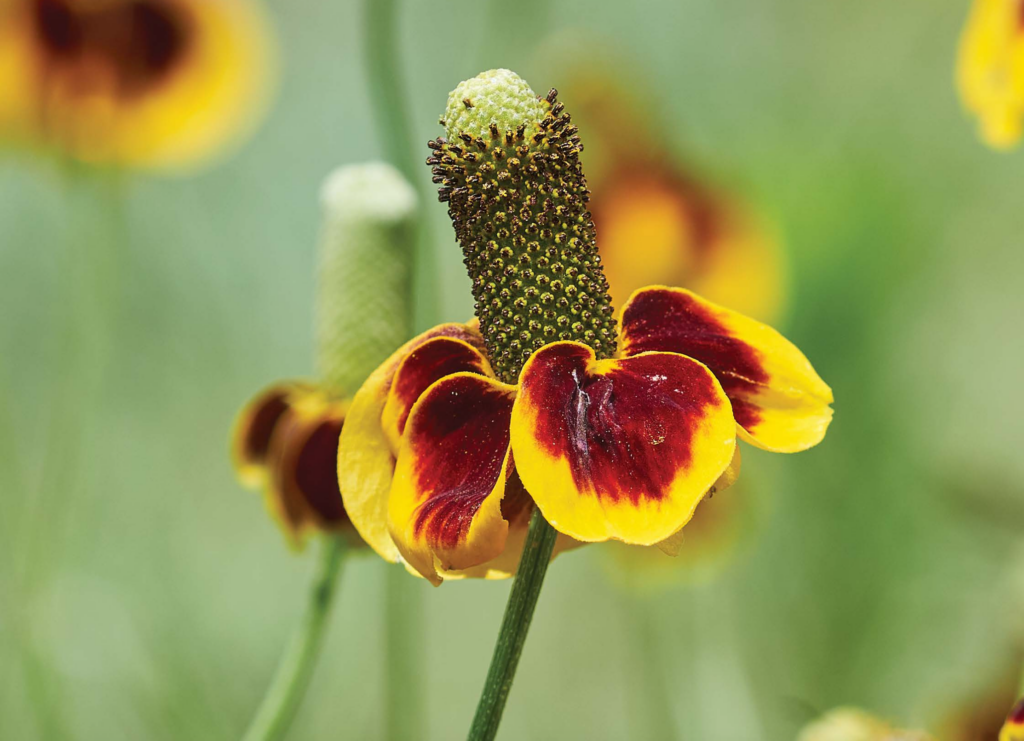
In general, increased plant diversity helps support a greater abundance and diversity of wildlife. If this is your goal, design your landscaping accordingly. Pick plants that offer a wide range of quality resources of nectar, pollen, seed, fruit, and larval food. Be sure to include species that offer resources throughout the growing season, not just at one time period. This is particularly important for pollinating insects.
Additionally, choose blooming plants that display a variety of flower colors, sizes, and shapes. For example, plants with long, tubular blossoms may be most accessible and attractive to hummingbirds but not to smaller bees or butterflies. Lastly, pick plants that vary in height and form. This will provide your landscaping needed structure that offers shelter, cover, nesting sites, perches, forage for food, or needed shade.

About the author: Jaret C. Daniels, Ph.D., is a professional nature photographer, author, native plant enthusiast, and entomologist at the University of Florida, specializing in insect ecology and conservation. He has authored numerous scientific papers, popular articles, and books on gardening, wildlife conservation, insects, and butterflies, including butterfly field guides for Florida, Georgia, the Carolinas, Ohio, and Michigan. His other books include Backyard Bugs and Our Love of Bees. Jaret lives in Gainesville, Florida, with his wife, Stephanie.
Native Plant Gardening for Bees & Butterflies: Lower Midwest is a part of a series that includes Native Plant Gardening for Birds, Bees & Butterflies: Southeast, Native Plant Gardening for Birds, Bees, & Butterflies: Upper Midwest, and Native Plant Gardening for Birds, Bees & Butterflies: South by Jaret C. Daniels, as well as Native Plant Gardening for Birds, Bees & Butterflies: Southwest, Native Plant Gardening for Birds, Bees & Butterflies: Southern California, Native Plant Gardening for Birds, Bees & Butterflies: Northern California, Native Plant Gardening for Birds, Bees & Butterflies: Southwest, and Native Plant Gardening for Birds, Bees & Butterflies: Rocky Mountains by George Oxford Miller. The series will be completed soon with Native Plant Gardening for Birds, Bees & Butterflies: Pacific Northwest.
If you enjoyed this post, sign up for our newsletter now! #bewellbeoutdoors



Annie Long
These photos are lush and lovely. I wish I could grow some of these plants here in my zone and state, but looking at the pictures and reading about them is the next best thing!
Liliane Opsomer
I agree. I would love some of these on my balcony.